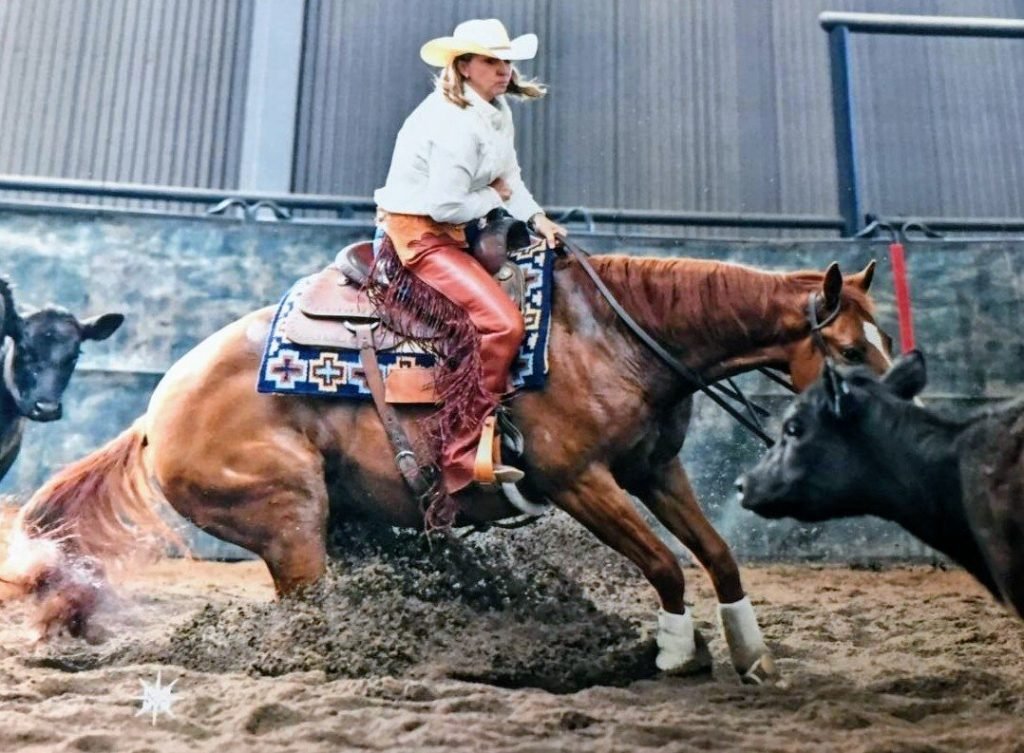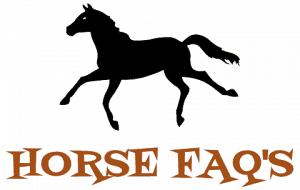The world of cowboys and horse riding is steeped in tradition and unique attire. Two essential pieces of clothing that are commonly seen in this world are chaps and chinks. While these two items may appear similar at first glance, there are distinct differences between them. Understanding these differences is crucial for anyone who wants to fully appreciate and participate in the world of horse riding.
In this article, we will provide an in-depth exploration of chaps and chinks. We will define each term, explain their purposes, and examine the differences in their length and usage. We will also explore the materials and types of chaps and chinks, as well as their importance in cowboy attire.
Additionally, we will delve into the history and origin of the word ‘chaps,’ the protection they provide, and their use in various settings. By the end of this article, readers will have a comprehensive understanding of the differences between chaps and chinks and how they are used in the world of horse riding.

Definition and Purpose
The present discussion focuses on the definition and purpose of chaps and chinks, which are specialized garments commonly used by cowboys and horse riders for protection against natural elements such as brush, cacti, and animal horns. Chaps and chinks are designed to cover the legs of the rider, providing a barrier between the rider’s skin and the hazards present in their environment.
While both chaps and chinks serve the same purpose, they differ in their length and usage. Styles and variations of chaps and chinks have evolved over time, with different materials and designs being used to meet the needs of the rider.
Traditionally, chaps were made of leather or suede and were worn by cowboys while working on ranches or riding in rodeos. Chinks, on the other hand, were shorter and made of lighter materials such as canvas or synthetic materials, and were worn by horse riders in hotter climates.
Today, chaps and chinks are available in a wide range of materials and styles, from traditional leather chaps to modern synthetic chinks, to cater to the diverse needs of horse riders.
Differences in Length and Usage
One factor that distinguishes between the two garments is their respective lengths and intended uses. Chaps are typically longer and cover the entire leg, while chinks are shorter and only cover the lower leg. Chaps are designed to provide full protection for the rider’s legs, making them ideal for trail riding or working with cattle in rough terrain. Chinks, on the other hand, are lighter and less restrictive, giving the rider more freedom of movement. They are often preferred by rodeo riders who need to be able to move quickly and easily.
When it comes to choosing between chaps and chinks, it’s important to consider both the pros and cons of each option. Chaps offer more protection and durability, but can be heavy and restrictive. Chinks are lightweight and comfortable, but may not provide enough protection in certain situations. Ultimately, the choice between chaps and chinks comes down to whether you prioritize fashion or functionality. While chaps are more traditional and often seen as a key part of cowboy attire, chinks are becoming increasingly popular among riders who value comfort and mobility above all else.
Materials and Types
Leather is a common material used for both chaps and chinks, with suede and synthetic options also available, allowing for a variety of styles and price ranges.
While leather provides durability and protection, suede is a softer and more lightweight option that offers a greater range of motion.
Synthetic materials, on the other hand, offer a more affordable alternative to leather and are often used for chaps and chinks designed for occasional use.
When it comes to types of chaps, there are several options to consider.
Woolies, also known as sheepskin chaps, are made from the hides of sheep and provide excellent insulation in cold weather.
Shotgun chaps, on the other hand, are designed for riding at high speeds and offer a snug fit that reduces wind resistance.
Ultimately, the choice between materials and types depends on the intended use and personal preference, with cost and quality being important factors to consider.
Frequently Asked Questions
What is the difference between chaps and chinks in terms of their design and construction?
Chaps and chinks differ in design and construction. Chaps are longer and cover the entire leg, while chinks are shorter and cover only the lower leg. Materials used for making chaps and chinks vary, including leather, suede, and synthetic.
Can chaps and chinks be worn for non-equestrian activities such as hiking or hunting?
Chaps and chinks can be worn for hiking or hunting, providing protection against brush, thorns, and animal horns. Materials, such as leather or synthetic, vary in durability and price range. Consider fit and purpose when choosing.
What are some common misconceptions about the use of chaps and chinks?
Misconceptions about the proper usage of chaps and chinks include their interchangeability, limited use to horse-related activities, and lack of cultural significance. Historical origins reveal their importance in cowboy attire and protection against hazards.
Are there any regional variations in the design or use of chaps and chinks?
Regional variations exist in the design and use of chaps and chinks, reflecting cultural significance. For example, Southwestern chinks are shorter and made of suede, while Northern chaps are longer and made of leather.
How do chaps and chinks differ from other types of protective clothing worn by cowboys, such as spurs or boots?
Chaps and chinks provide protection against brush, cacti, and animal horns while horseback riding. They differ from spurs and boots in their coverage and materials used. Durability varies depending on leather, suede, or synthetic materials.
